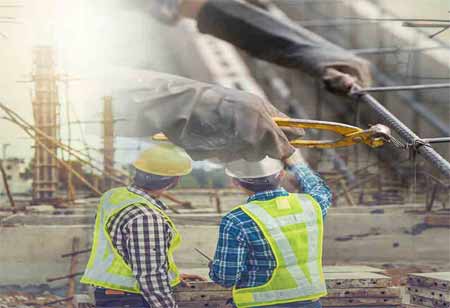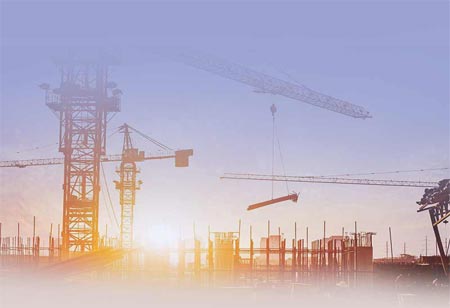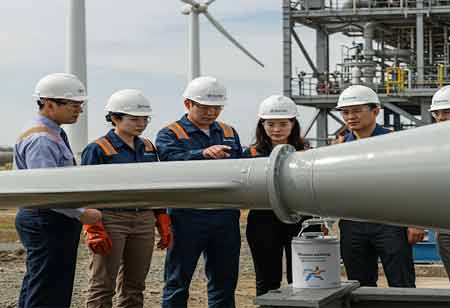Thank you for Subscribing to Construction Business Review Weekly Brief
Specials
- Apartment and Condominium Contractors Canada
- Decking Canada
- Architectural Glass Europe
- MEP APAC
- Construction Saudi Arabia
- German Apartment and Condominium Contractors
- Construction Law APAC
- Outdoor Construction
- Foundation Construction Canada
- MEP Canada
- Kitchen and Bath
- Cold Storage Construction APAC
- Precast Concrete Europe
- Construction Staffing Europe
- Pre-Construction Services
- Flooring System APAC
- Scaffolding Canada
- Swimming Pool Construction Canada
- Construction Management Canada
- Cold Storage Construction Canada
- Flooring Systems Europe
- Residential Construction
- Concrete Canada
- Construction Cladding Europe
- Construction Cladding APAC
- Concretes, Aggregates and Construction Materials APAC
- Concretes, Aggregates and Construction Materials Europe
- Commercial Contractors Europe
- Commercial Contractors APAC
- Dummy
- Construction Insulation, Coating and Waterproofing
- Construction Management APAC
- Landscaping Canada
- Construction Coating Europe
- Construction Tech Startups Europe
- Insulation Services Europe
- Mechanical Contractor Canada
- Mould Remediation and Testing Europe
- Swimming Pool Construction APAC
- Building Sealing Solutions Europe
- Construction Engineering Services
- Mechanical Electrical and Plumbing
- Roofing Systems Europe
- Architectural Glass APAC
- Startups APAC
- Construction Forensic and Owners Representative
- Flooring System
- Waterproofing APAC
- Wall Systems
- Safety and Compliance Europe
- Construction Equipment
- Modular and Prefab Construction
- Architectural Glass
- Construction MENA
- Construction Demolition and Recycling Europe
- Modular Construction Europe
- Construction Interiors
- Steel Building APAC
- HVAC
- Doors and windows
- Modular Construction APAC
- Building Information Modeling APAC
- Sustainable Construction APAC
- Building Restoration and Maintenance
- Commercial Contractors
- Specialty Construction
- Construction Engineering Canada
- Construction Engineering MENA
- Modular Construction Canada
- Construction Demolition Canada
- Roofing and Siding Systems
- Construction Latam
- Construction Staffing
- Roofing Systems APAC
- Construction Consulting
- Steel Building Europe
- Construction Demolition and Recycling APAC
- Safety and Compliance APAC
- Concretes, Aggregates and Construction Materials
- Construction Cladding
Transforming Construction Management Through Digital Twin Technology
Digital twin technology enhances construction by improving project visualization, collaboration, and data-driven decision-making. This innovative approach increases efficiency, reduces costs, and promotes sustainable asset management.

By
Construction Business Review | Monday, October 07, 2024
Stay ahead of the industry with exclusive feature stories on the top companies, expert insights and the latest news delivered straight to your inbox. Subscribe today.
Digital twin technology enhances construction by improving project visualization, collaboration, and data-driven decision-making. This innovative approach increases efficiency, reduces costs, and promotes sustainable asset management.
FREMONT, CA: Digital twin technology improves the construction industry by visually representing physical assets and enhancing project visualization and management. This innovative approach offers numerous benefits and employs advanced technologies to optimize construction processes while improving stakeholder collaboration.
Key Benefits of Digital Twin Technology
Enhanced Project Visualization: Digital twins allow stakeholders to visualize the entire project within a digital environment. This immersive experience provides a comprehensive understanding of design, layout, and spatial relationships, helping to identify potential design issues early in the planning phase. By enabling a clear visual representation, teams can explore various design alternatives, improving project quality.
Improved Collaboration and Communication: As a centralized platform, digital twins facilitate real-time access to project information for architects, engineers, contractors, and clients. This transparency reduces miscommunication and fosters collaborative decision-making. Enhanced communication leads to better project outcomes, as all stakeholders are aligned with the project's objectives and updates, thus minimizing misunderstandings.
Early Detection of Issues: Digital twins enable the early identification of design flaws and clashes through simulation and analysis of the virtual model. By proactively addressing potential issues, teams can minimize costly rework during construction, ensuring smoother execution. This capability is vital for maintaining project timelines and budgets, ultimately enhancing client satisfaction.
Real-Time Monitoring: Integrating data from IoT devices and sensors allows digital twins to provide real-time monitoring of construction progress. Project teams can track milestones, material deliveries, and workforce productivity, enabling data-driven decision-making. Timely interventions based on real-time data help keep projects on track and reduce the risk of delays.
Optimized Resource Allocation: Digital twins analyze data on material usage, equipment utilization, and labor productivity, helping project teams maximize resource allocation. It leads to reduced waste, improved efficiency, and significant cost savings. By understanding resource activity, teams can make informed adjustments that enhance productivity.
Enhanced Planning and Scheduling: Digital twins facilitate improved construction planning and scheduling by simulating various project scenarios. Teams can identify potential risks and delays, optimize timelines, and develop contingency plans to ensure timely project delivery. This strategic approach allows for better resource management and project execution.
Data-Driven Insights: Digital twins provide valuable data-driven insights that support informed decision-making.





